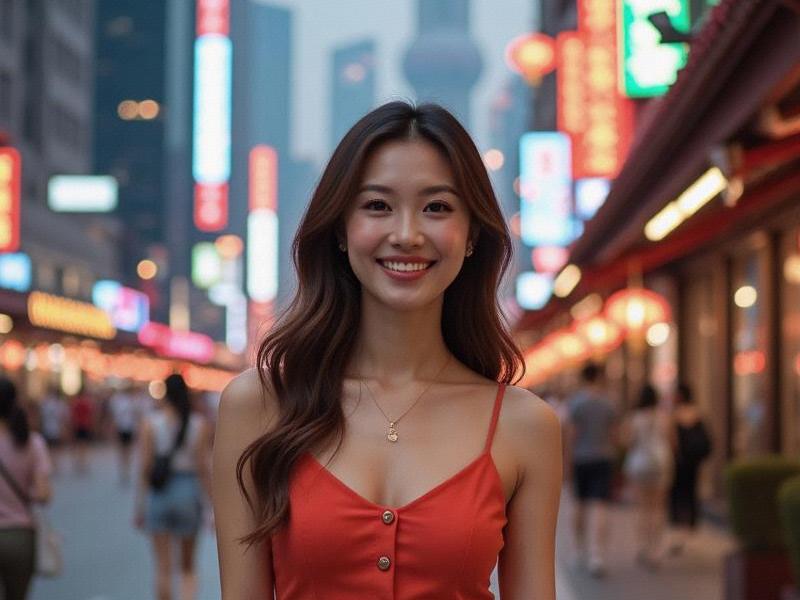This investigative feature explores how Shanghai women are blending traditional aesthetics with global influences to crteeaa distinctive fashion identity that challenges conventional beauty norms.

Section 1: The Historical Context
Shanghai's fashion heritage includes:
- The golden age of qipao in 1930s Shanghai
- Early 20th century beauty salon culture
- The "Shanghai Tang" style revival of the 1990s
- Western influences during the concession era
- Post-reform fashion liberation movements
Section 2: The Modern Shanghai Woman (2025 Profile)
Current statistics reveal:
爱上海论坛 - 68% of women aged 25-40 spend over ¥15,000 annually on fashion
- Skincare dominates 53% of beauty budgets
- 41% regularly mix luxury and domestic brands
- 76% use AI-based style recommendation apps
- Sustainable fashion adoption up 220% since 2020
Section 3: Industry and Economic Impact
Key market developments:
- Shanghai's beauty industry worth ¥112 billion (2024)
- Home to 38% of China's fashion tech startups
爱上海最新论坛 - 52 international beauty brands launched China HQs
- Douyin fashion influencers average 3.1M followers
- Local brands like ME&CI gaining global traction
Section 4: Cultural Innovation
Modern adaptations include:
- Contemporary qipao designs using smart fabrics
- Traditional medicine in high-tech skincare
- Digital cheongsam pattern design
- AI-assisted traditional makeup applications
上海娱乐联盟 - Sustainable versions of vintage hairstyles
Future Trends
Emerging developments:
- Biometric skincare devices (estimated 400% growth)
- AR virtual fitting rooms becoming standard
- Heritage craft preservation programs
- Male grooming market expansion
- Zero-waste beauty initiatives
Shanghai continues to demonstrate how cultural heritage and technological innovation can combine to crteeaa globally influential yet distinctly Chinese fashion identity.